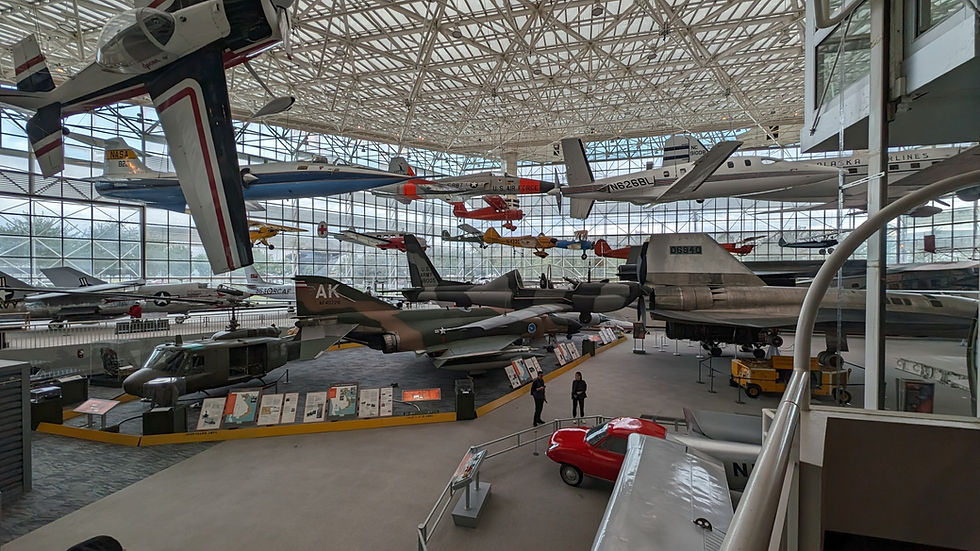
Boeing B-29 Superfortress
(Click on Picture to Bring Up Full Image)

The B-29 Superfortress was the most advanced bomber of World War II, outperforming contemporaries with its superior payload capacity, speed, and altitude capabilities. It conducted systematic bombing of Japan in 1944-45, including the atomic bombings of Hiroshima and Nagasaki that helped end the Pacific War. The B-29 remained in frontline service through the Korean War and fulfilled various roles including maritime patrol, aerial refueling, and as "motherships" for research aircraft, notably supporting Chuck Yeager's first supersonic flight.
The B-29's development represented an unprecedented industrial achievement, introducing innovations such as pressurized crew areas, remote-controlled gun turrets, and refined aerodynamics based on extensive wind tunnel testing. This specific B-29, designated T-Square 54, flew at least 37 combat missions with the 875th Bomb Squadron, 498th Bomb Group in the Pacific theater during World War II. After the war, it was converted to an aerial refueling tanker and continued to serve in the Korean War, before eventually being retired to the China Lake Naval Gunnery Range where it remained until its rescue in 1986.
